Camping in America’s stunning National Parks is a beloved pastime. It offers everything from scenic drives to wildlife encounters. However, despite their beauty, some campgrounds are more dangerous than they appear.
Glacier National Park
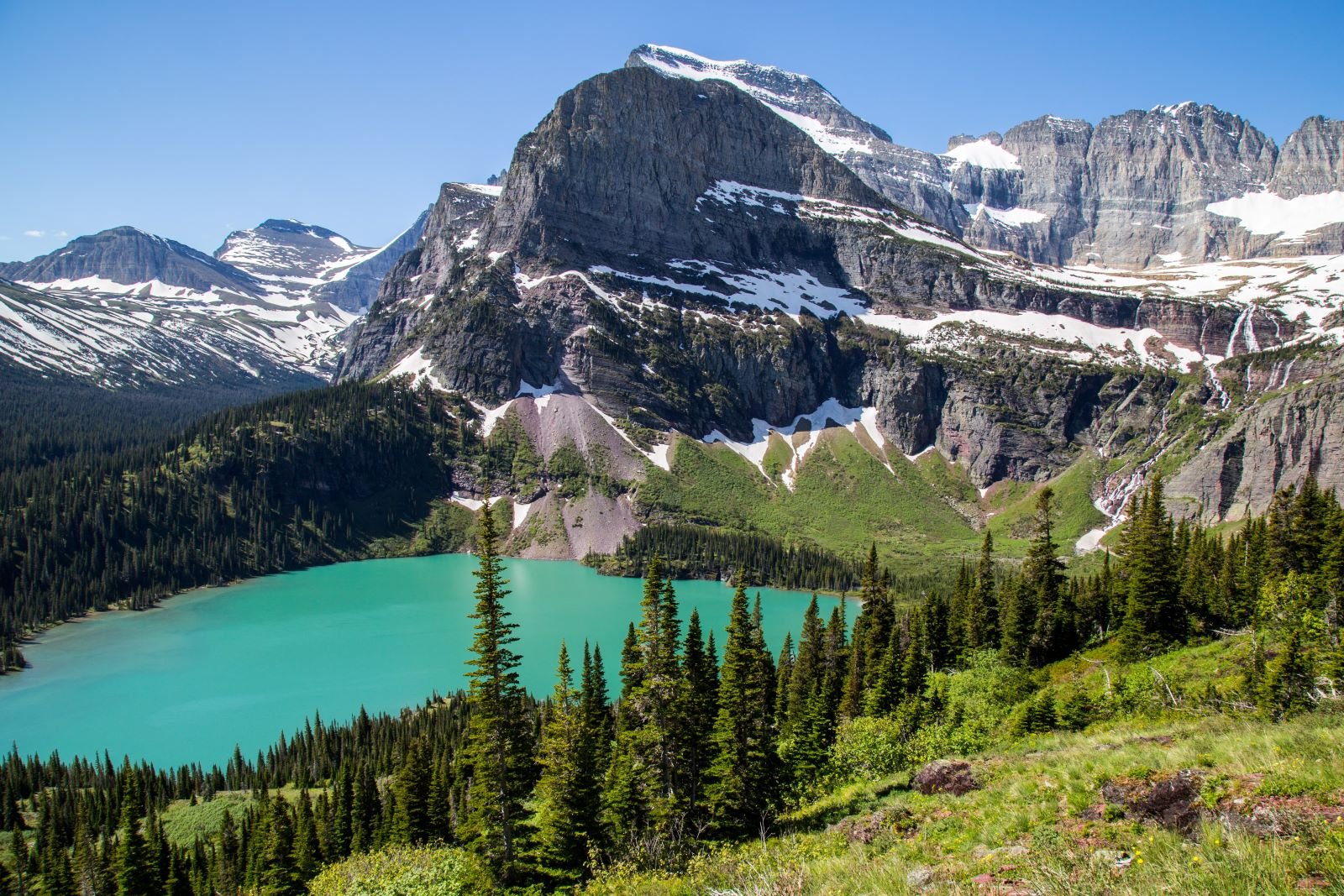
Glacier National Park is on the border of Canada and Montana. It is a breathtaking expanse of green valleys, blue lakes, and white snow-capped peaks. It features 734 hiking trails and thirteen campgrounds. It attracts outdoor enthusiasts for activities like fishing, boating, and skiing. However, visitors must be cautious of rockslides and avalanches, which pose significant risks. This park is also notorious for grizzly bear encounters. It is crucial to have proper precautions and awareness for a safe visit.
The Grand Canyon

The Grand Canyon is renowned for its breathtaking beauty and vastness. However, it also poses a significant amount of danger. Desert snakes may slither into your tent at night, and the weather and terrain require careful attention. When hiking, be aware that the bottom of the canyon is significantly hotter than the top. Over 60 people have lost their lives by falling into the canyon. Adequate sun protection, hydration, and knowing your physical limits are crucial. Wearing proper footwear is essential to navigate the trails and safely avoid falls.
Lake Mead
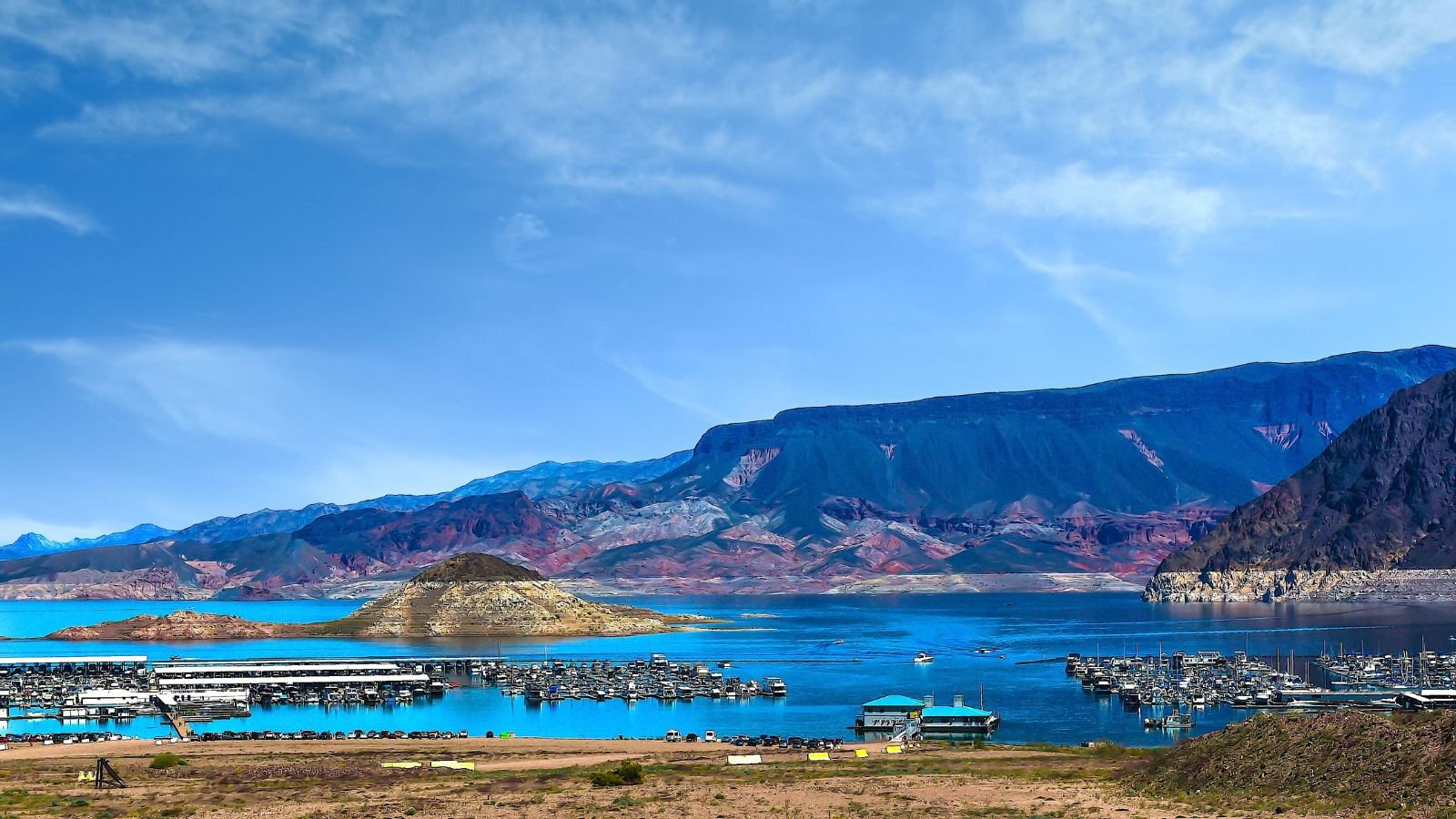
Lake Mead National Recreation Area, on the Nevada-Arizona border, transforms the desert landscape into a beautiful blue oasis. However, the water’s appeal can be deceptive. The reservoir is powerful and has a history of fatal accidents, with the highest recorded number of deaths in any U.S National Park. Additionally, alcohol-related incidents and reckless behavior have led to drownings and boating mishaps. Campers must exercise caution, avoid alcohol, and respect the natural power of the water to ensure a safe visit.
The Wave
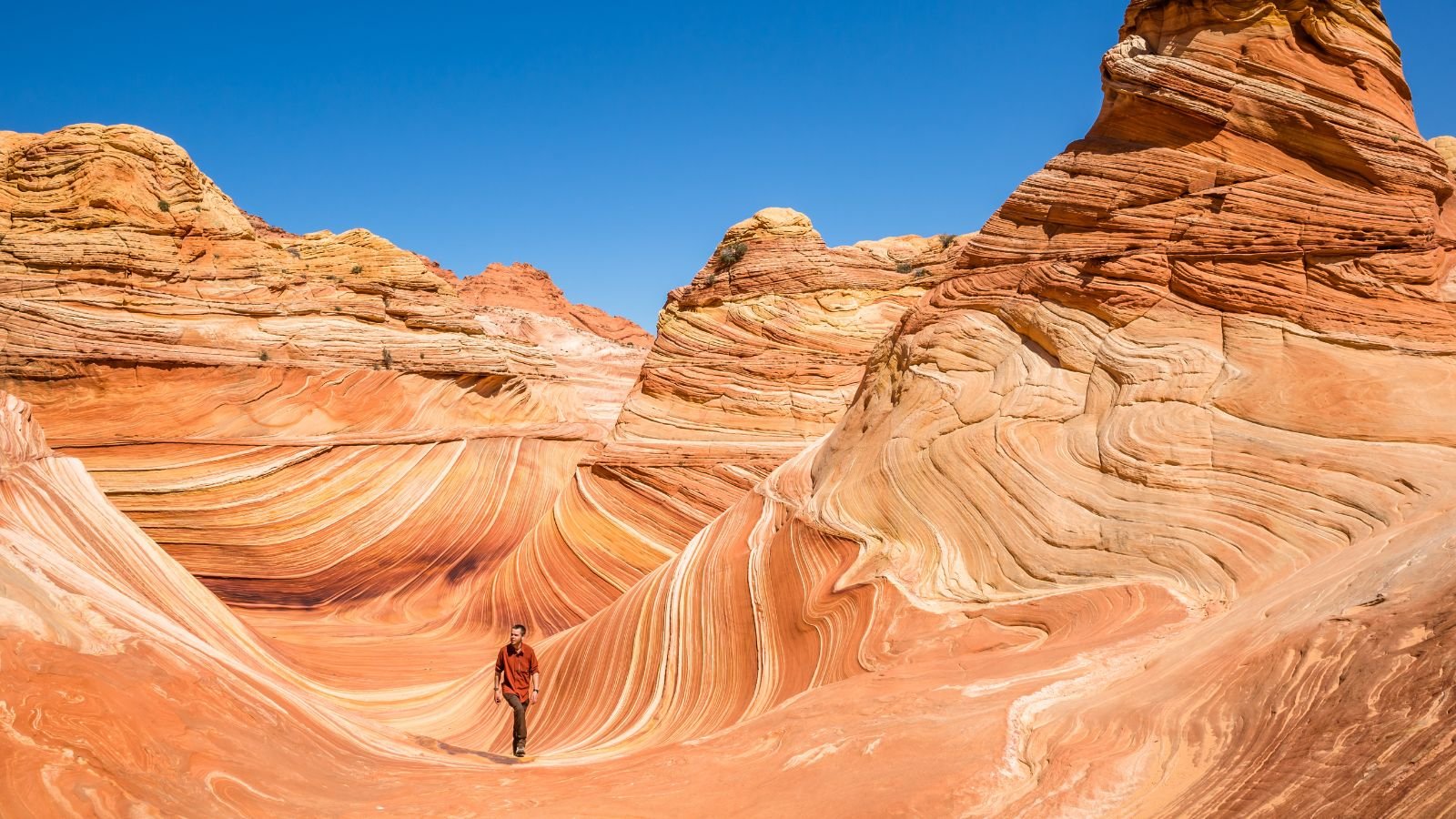
The Wave, near the Arizona-Utah border, is a stunning sandstone formation that attracts limited visitors daily. Nicknamed “The Devil’s Playground,” its unmarked trails, intense heat, and lack of cell service make it a challenging destination. In 2013, three people died within a month due to the extreme heat and cardiac issues. Navigating this mesmerizing yet disorienting sandstone landscape requires proper preparation, ample water, and a keen awareness of one’s physical limits to avoid serious health risks.
Death Valley

Spanning over 140 miles across southern California and Nevada, Death Valley is notorious for its extreme heat. The weather often surpasses 130 degrees Fahrenheit. This unforgiving environment can lead to dehydration and heatstroke. Deadly wildfires, including rattlesnakes and scorpions, add to the danger. Relying on vehicle GPS has led to many getting lost, like the German family in 1996, whose remains were found later. Visitors must stay hydrated, avoid excessive sun exposure, and stick to the well-marked paths to survive this harsh desert.
Mount Rainier
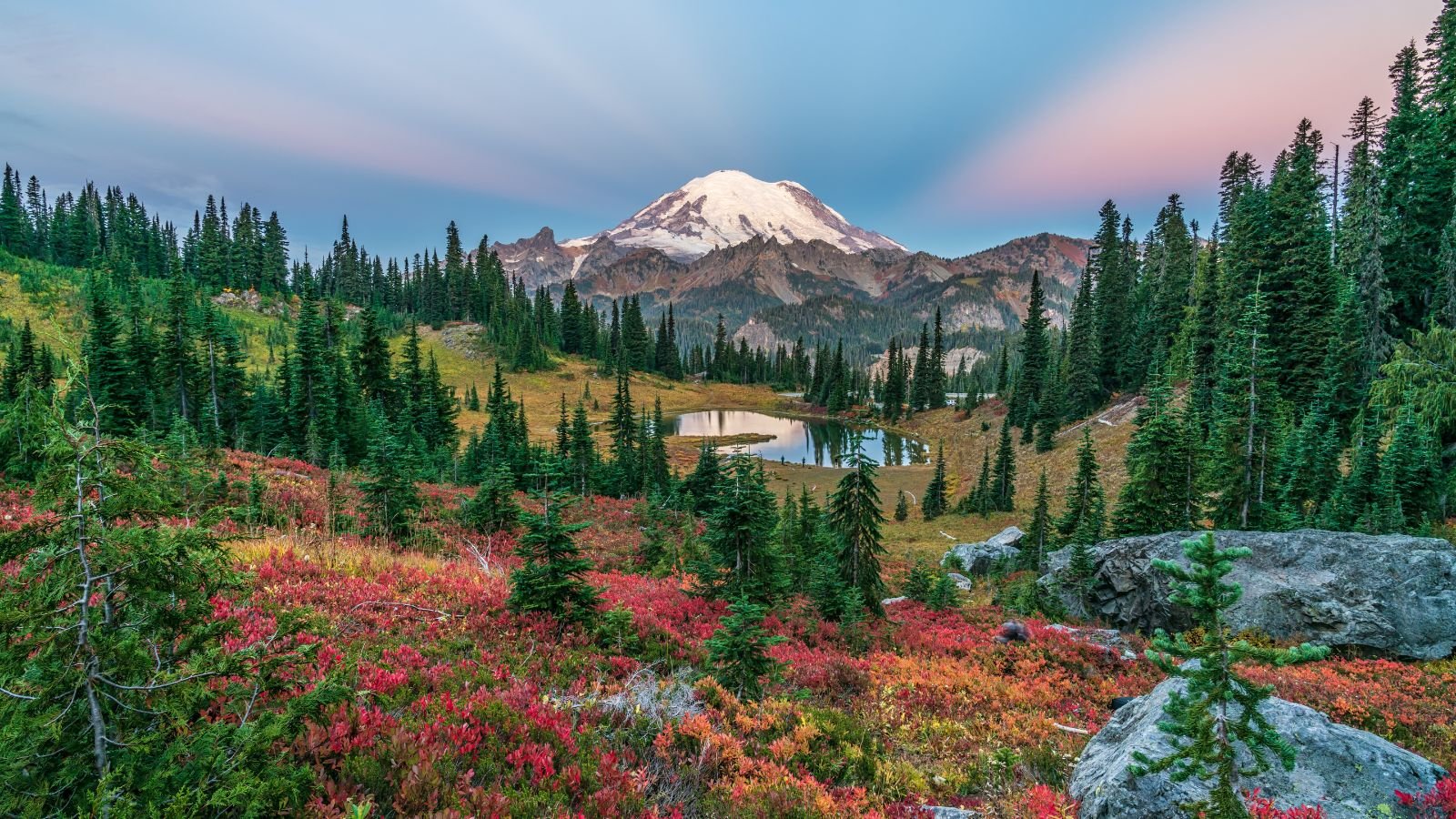
Mount Rainier stands as the highest summit within the Cascade Range. It offers a breathtaking view but poses serious challenges. Rising 14,000 feet above the sea, it attracts climbers, though only half of the 10,000 annual attempts succeed. Unpredictable weather, hypothermia, rockfalls, and avalanches are constant threats. Campers and climbers need to be well-prepared for the harsh conditions and sudden weather changes to ensure their safety on this formidable mountain.
Glen Canyon

Stretching across Arizona and Utah, Glen Canyon is a haven for water sports enthusiasts, but it comes with dangers. Lake Powell, a popular spot, saw six deaths in ten days in June 2013 due to swimming and boating accidents. Cliff jumping, often from heights exceeding safe limits, has led to numerous fatalities. Campers must respect safety regulations, avoid reckless behavior, and be aware of the potential hazards to enjoy the picturesque but perilous area safety
Great Smoky Mountains
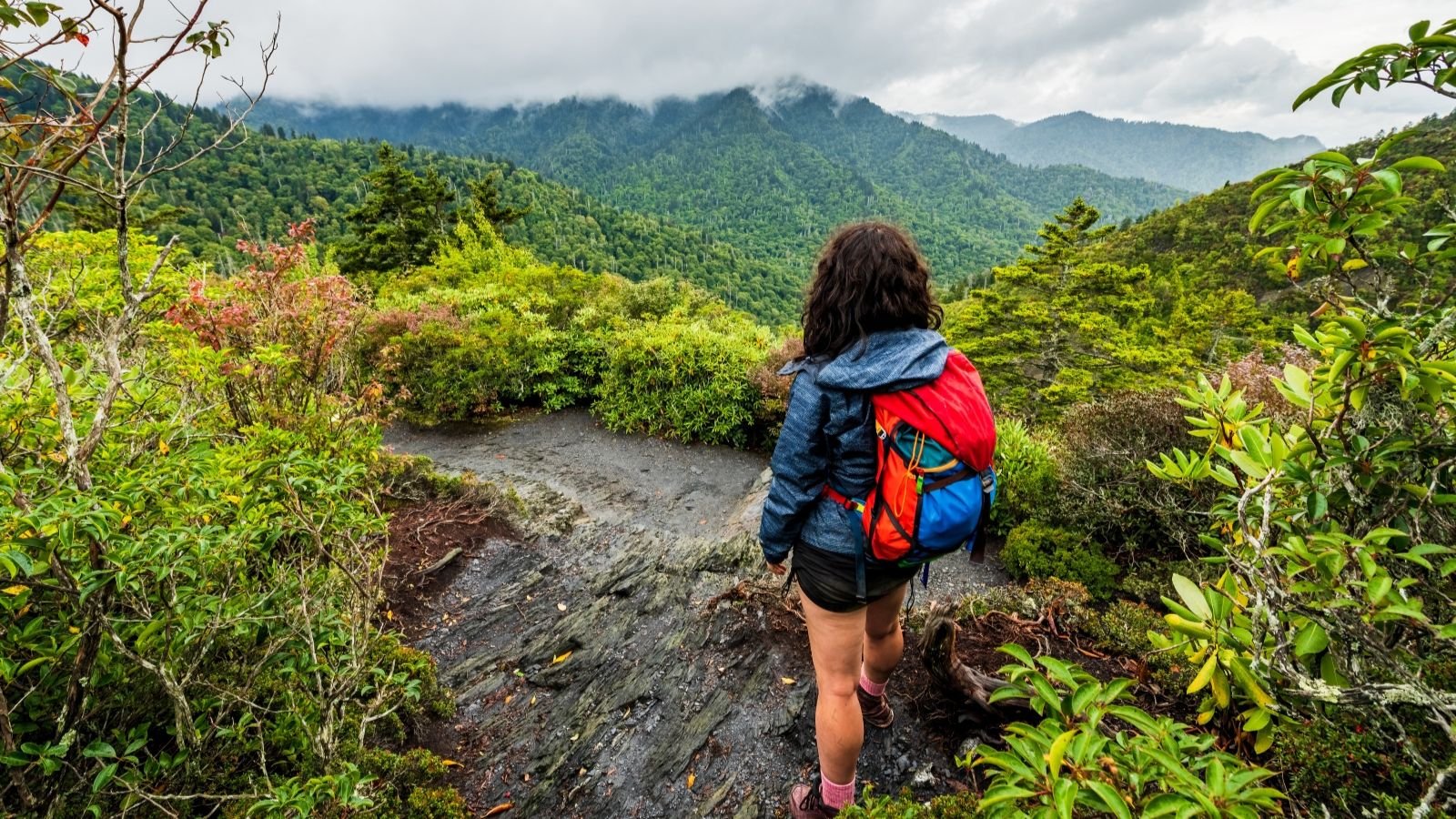
Great Smoky Mountains National Park, straddling North Carolina and Tennessee, is one of the most visited yet the most dangerous national parks in the U.S. In the past 15 years, the park has had 92 deaths, with most due to auto accidents. Over 380 miles of roads crisscross the park, leading to numerous car crashes with 37 fatal crashes. The well-maintained roads have many bends and few pull-off stops. This makes the turns, especially with a camper, very risky. Disappearances and forest fires also pose significant threats, often caused by careless fire maintenance. While millions visit the park each year, extreme caution is essential to ensure a safe experience.
Organ Pipe Cactus National Monument

Organ Pipe Cactus National Monument is renowned for its unique desert flora and flora. However, its remote location near the Mexico border makes it a hotspot for drug smuggling and human trafficking. The area has seen violent encounters, including the 2002 killing of a park ranger. Additionally, the harsh desert conditions pose risks of heat stroke and exhaustion. Campers should be vigilant, avoid remote areas alone, and stay hydrated to navigate this dangerous yet stunning place.
Sahale Glacier

Sahale Glacier in North Cascades National Park is a challenging destination requiring a backcountry permit. This remote area is prone to avalanches, making it dangerous for inexperienced hikers. The overnight trek demands proper equipment and survival skills to handle sudden weather changes and snowstorms. Those venturing here must be well-prepared, equipped for extreme conditions, and cautious to safely experience the glacier’s beauty.
Denali National Park

Denali National Park in Alaska is home to North America’s tallest peak, attracting adventurous campers and climbers. However, the extreme conditions, including frigid temperatures, blizzards, and avalanches, have claimed over 100 lives. Grizzly bears also pose a threat to those who don’t secure their food properly. Campers must be equipped for severe weather and stay alert to wildlife dangers. Visitors must follow safety guidelines to enjoy this majestic but perilous park.
Yosemite National Park
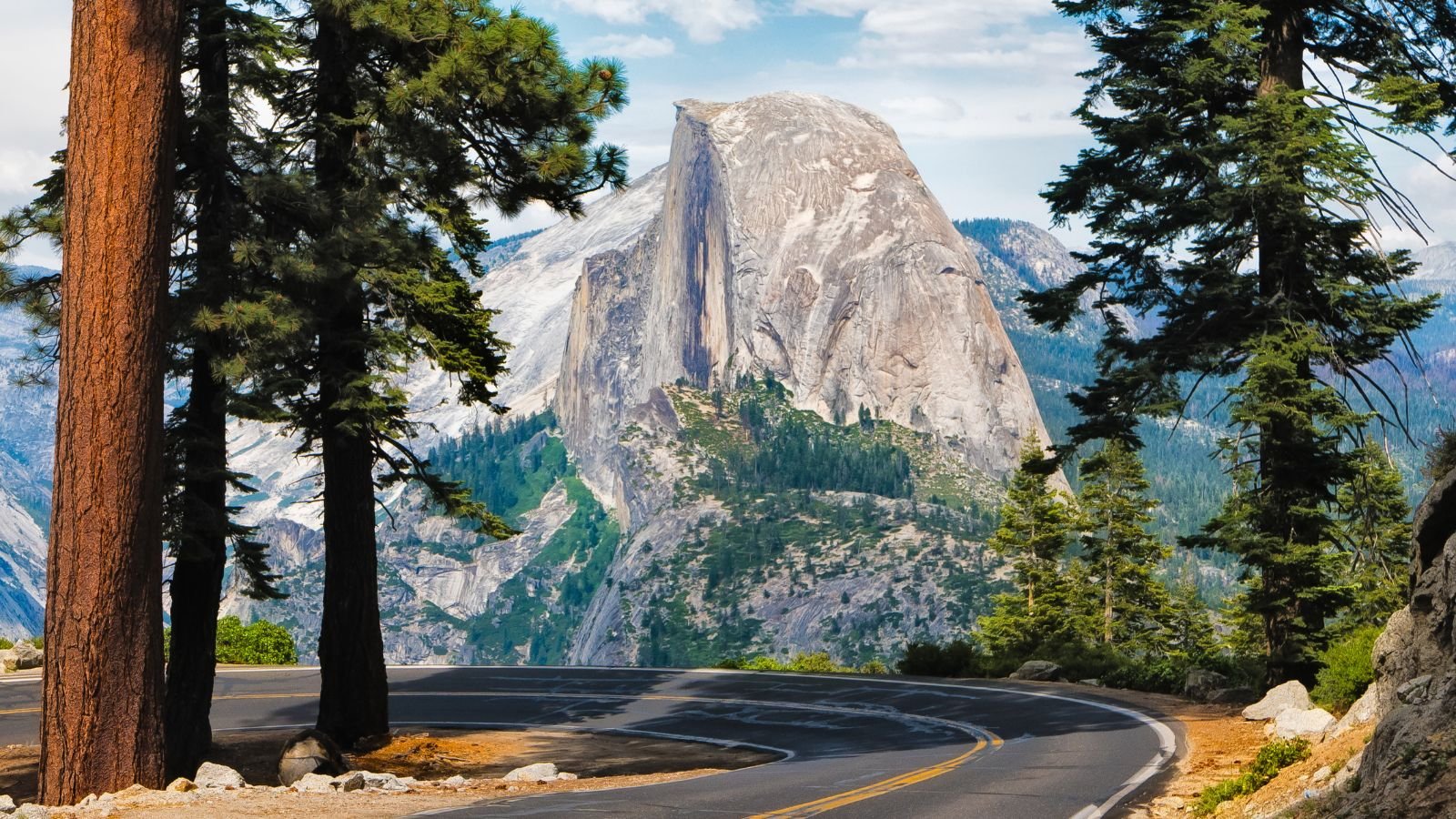
Yosemite National Park, famous for its granite cliffs, attracts climbers and hikers alike. Falls are the leading cause of death, with 45 fatalities since 2010. Drowning is another risk, with 17 deaths from 2010 to 2020. Visitors should maintain a safe distance from cliff edges, avoid risky photo opportunities, and exercise caution near water. Maintaining these is crucial to stay safe while exploring Yosemite’s natural wonders.
Bright Angel Trail

Bright Angel Trail in the Grand Canyon offers a strenuous 4,380-foot descent that has proved deadly. Known as the “The Devil’s Corkscrew,” the trail’s extreme heat, exceeding 110 degrees Fahrenheit, causes dehydration and heart attacks. Despite safety installations, around 200 heat-related accidents occur annually. Proper hydration, sun protection, and realistic assessment of physical limits are essential for safely hiking this challenging trail.
